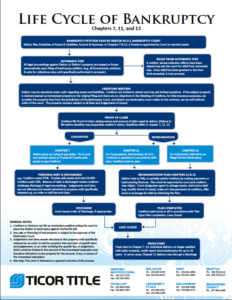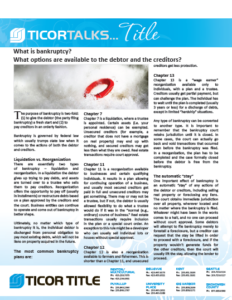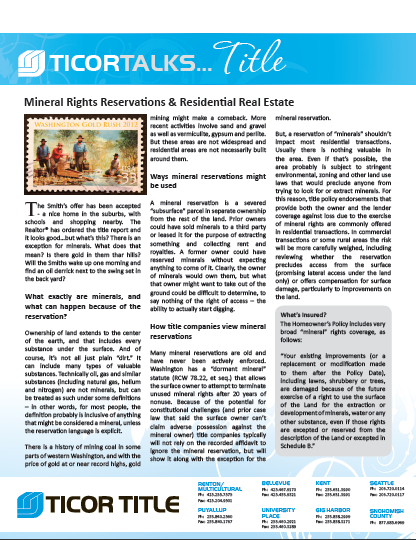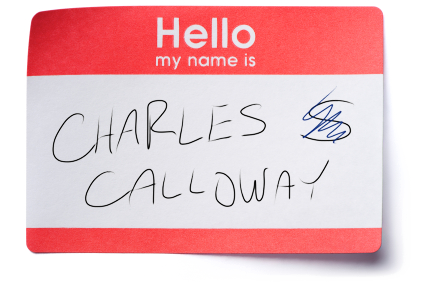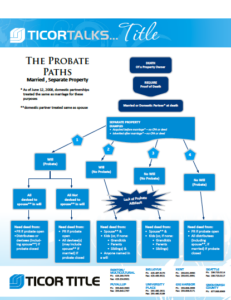
You might recall our post titled, “FAKE Short Pay Letters? True Story...” which discussed how an alert settlement agent identified a fraudulent approval letter supposedly issued by Bank of America. She prevented the closing, saving the Company from potential future liability.
In an effort to prevent the reoccurrence of such fraud going forward, Bank of America will now give our representatives the ability to verify approval letters without a title–company–specific Third Party Authorization already in place.
Title & Escrow Officers and Original Borrowers May Use the Hotline
Bank of America Short Sale Customer Care Department
Phone 1.866.880.1232
The hours of operation are:
Monday through Friday:
8 a.m. to 10 p.m. EST
Saturday:
9 a.m. to 5:30 p.m. EST
Below is a telephone number settlement agents or title officers may call to verify certain key data points for approval letters where the original loan balance exceeded $500,000. This original loan cutoff amount was selected because, thus far, fraudsters have concentrated on large–balance loans.
If any of our title or escrow officers are suspicious of an approval letter provided by the Listing Agent, we may call to confirm its validity.
Both title officers and original borrowers can use the same telephone number included in the following standard disclosure on the approval letter below:
“Bank of America appreciates all of your efforts and cooperation in this matter. If you have any further questions, please contact our Short Sale Customer Care Department at 1.866.880.1232.”
To verify an approval letter, select Option 1
The hours of operation are:
Monday through Friday: 8 a.m. to 10 p.m. EST
Saturday: 9 a.m. to 5:30 p.m. EST
Bank of America will verify the following information with title officers when they call the number:
- The original borrower’s name
- The property address
- The loan number
- The agreed–to short sale payoff amount
- Amount approved to junior lien holders specified on letter
- The date by which this amount must be received by the bank
When title officers call Bank of America, they will access the approval letter provided to them by the listing agent, as it will be needed to complete the verification process. Also, an approval letter that does not direct the borrower to contact the Customer Care Department, is likely fraudulent. At a meeting between Our Company and Bank of America representatives, they stated, “We look forward to partnering with you in this effort and thank you for your cooperation.”


